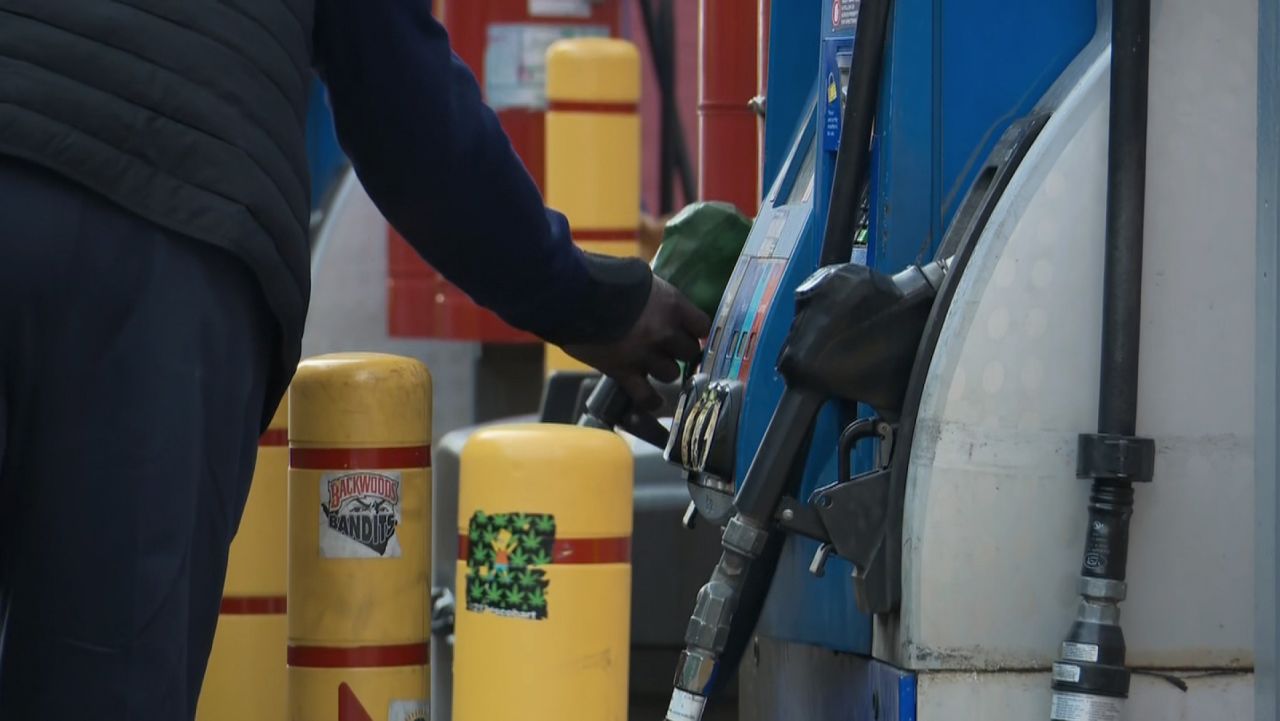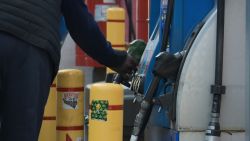A version of this story first appeared in CNN Business’ Before the Bell newsletter. Not a subscriber? You can sign up right here.
Do you think inflation is going to moderate over the next year or remain elevated? The answer may depend in part on how you vote.
Democrats and Republicans have wildly different expectations for inflation in 2022. Republicans expect prices to rise about 7% over the next year — more than double the 3% increase expected by Democrats, according to last month’s University of Michigan survey of consumer sentiment.
Shock figure: That’s the widest partisan gulf recorded since the survey began asking about party affiliation in 1980.
This polarization in inflation expectations is a relatively new phenomenon, says Richard Curtin, the survey’s chief economist. It began in the 2000s under Presidents George W. Bush and Barack Obama “at a very low, unconcerning level,” he said. “But it exploded once Trump was elected.”
“Unfortunately, the size of the partisan divide in expectations has completely dominated rational assessments of ongoing economic trends,” Curtin wrote in a report this week. “This situation is likely to encourage poor decisions by consumers and policy makers alike.”
Although partisan differences are nothing new, Curtin warned that when it comes to issues like inflation, the “overwhelming size and persistence of the partisan gap has generated substantial economic uncertainty.”
What consumers think about prices is actually really important. That’s because inflation is both an economic and psychological force. When people expect prices to go up, they tend to make big purchases sooner, increasing demand for goods, which in turn raises prices. That cycle can be tough to break.
And while US consumer spending has been strong through the pandemic, signs of frustration are emerging. Consumer sentiment dropped to its second-lowest level in a decade in January, according to preliminary University of Michigan data released Friday.
“While the Delta and Omicron variants certainly contributed to this downward shift, the decline was also due to an escalating inflation rate,” Curtin said.
Consumers’ expectations also play a big role in how the Federal Reserve manages interest rates. Of course, measuring those expectations is tricky, especially when inflation itself has become so polarizing.
“When consumers are taking that survey and they’re asked to report their inflation expectations, often people don’t really have these well-formed inflation expectations,” said economist Carola Binder. “Instead, they are reporting something that’s related to their optimism about the state of the economy more generally.”
Expectations don’t always translate into action. If Republicans believe prices are going to continue soaring, we’d expect to see them buying up more goods than Democrats. So far, at least, that’s not happening, Binder says. “I don’t think people are really reporting inflation expectations that they’re necessarily acting on.”
Your cashier is not OK
Omicron is putting new pressure on essential workers already worn down after nearly two years working through a deadly pandemic.
But most major retail chains have not reinstituted many of the steps they took earlier in the pandemic, such as offering hazard pay to workers or requiring customers to wear masks, reports my colleague Nathaniel Meyersohn.
Who is affected? Frontline industries are staffed disproportionately by women and people of color, and they are overrepresented in many jobs within those industries, according to the Center for Economic and Policy Research.
Case study: Mariah Molina, who works at a Target store in Lynchburg, Virginia filling customers’ online delivery and curbside pickup orders, said she’s struggling to keep up as Omicron decimates staffing levels.
“We’re still getting a whole lot of orders every day. It’s harder because we don’t have as many people helping us,” said Molina, a member of the worker advocacy group Target Workers Unite.
Morale is low at the store, she said, and her co-workers are frustrated and overworked. She believes Target should give employees hazard pay to reward them for working under difficult conditions.
A Target spokesperson said that the company made a $1 billion investment last year in its staff, including increased wages and bonuses. Target also said it recently exceeded its goal of hiring 100,000 temporary workers during the holidays and 30,000 permanent supply chain workers.
After working at Target since the start the pandemic, Molina has started to look for jobs outside the retail and service industries.
“It would be a lot less stressful and a lot less physically demanding,” she said.
Up next
Monday: US markets closed
Tuesday: Earnings from BNY Mellon, Goldman Sachs, PNC and Truist
Wednesday: Earnings from Bank of America, Morgan Stanley, Procter & Gamble, United Health and United Airlines; US housing starts and building permits
Thursday: Earnings from American Airlines, Baker Hughes, Travelers, Union Pacific and Netflix; US jobless claims and existing home sales
Friday: Earnings from Ally Financial and Schlumberger
























